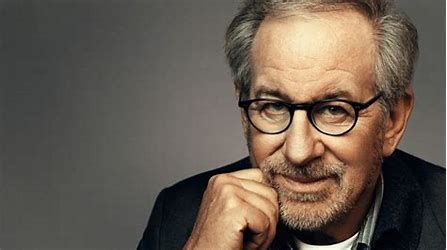Cultural Notes:
Inside View
Hero is a swordsman movie filmed by Chinese director Zhang Yimou, released in 2002.
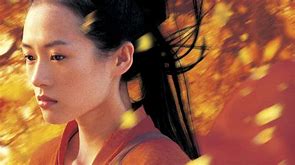
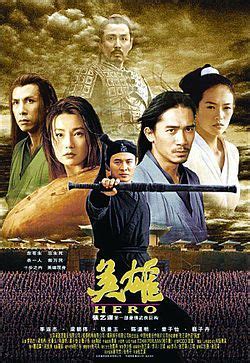
An Oscar is another name for an Academy Award, the most important prize in the American and European film industries. The Academy Awards are presented annually in the US in Hollywood, the centre of the American film industry. Members of the Academy organization nominate films for an Oscar—in other words, they officially suggest that the film should receive the award.

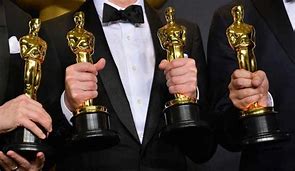
3. Qin Shi Huang (259BC-210BC) became ruler of the state of Qin at the age of 13 and fought many battles against the other six states before unifying them into the Qin Empire in 221BC. The Empire only lasted 15 years (221BC-206BC) but it laid a foundation for China and had a far-reaching influence in Chinese history. To further the process of unification, Emperor Qin standardized the system of weights, measures, money and handwriting (the small seal script), and ordered an imperial road network to be built. He also built many palaces, besides appointing General Meng Tian to build the Great Wall. The first Emperor could be cruel. He once ordered over 400 scholars to be buried alive.
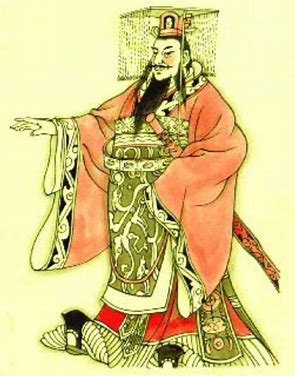
4. Terracotta Warriors, also called
Emperor Qin’s Terracotta Warriors, located in Lin Tong County, Xi’an City, is the historical and cultural heritage by UNESCO and the eighth wonder of the world. Qin terracotta warriors have guarded the mausoleum of Qin Shi Huang for over 2000 years. A series of pits were discovered in Lintong by farmers and archaeologists in 1974 and subsequent years, in which more than 6,000 life-size Terracotta Warriors, horses and chariots buried around 210BC were arranged as if for battle, presumably to protect the emperor in his life after death. The buried army included standing foot soldiers, standing and kneeling archers, officers, and cavalry soldiers with horses and chariots. In 221 B.C., Emperor Qin Shi Huang of the Qin dynasty established the first centralized feudal dynasty in China. After his death, he was buried at the northern foot of Lishan Hill in the east of Lintong County. The tomb has been reduced to half its size after 2,000 years of water and soil erosion, but still impressive —76 meters high and a fundamental space of 120,000 square meters. One unusual detail about the construction of the tomb is that the emperor had the building begin shortly after becoming king of Qin at the age of 13. This action contradicted Confucian wisdom that a son should demonstrate respect for his father by building as impressive a memorial as possible and that a man should never plan his own funeral rites. The tomb took 39 years and 700,000 workers to reach completion. It had pearls embedded in the ceiling to represent the stars, and rivers and lakes were modeled with liquid mercury. The tomb itself has not been opened yet.
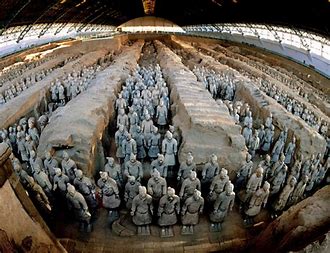
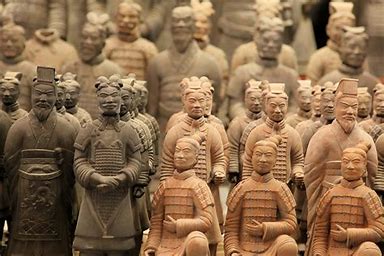
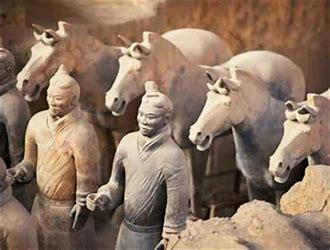
5. The Great Wall of China has become a symbol of China and attracts huge numbers of visitors. The Emperor Qin ordered four different walls previously built by different states in the Warring States Period to be connected and rebuilt. Rival states had constructed large defensive walls along their boundaries to stop invasions by nomadic people of the north. The Emperor Qin linked and extended these in a vast construction project in which it is said that over one million people died. The construction used rubble-filled walls faced with stone, topped by a brick roadway with a parapet at the edges. Towers were built at strategic points, and gateways had extra defensive walls.

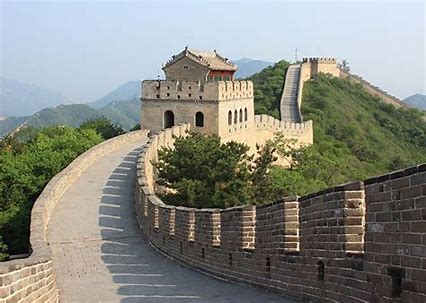
6. Warring States Period, Chinese (Pinyin) Zhanguo Period (475-221 BC), designation for seven or more small feuding Chinese kingdoms whose careers collectively constitute an era in Chinese history. The Warring States period was one of the most fertile and influential in Chinese history. It not only saw the rise of many of the great philosophers of Chinese civilization, including the Confucian thinkers Mencius and Xunzi, but also witnessed the establishment of many of the governmental structures and cultural patterns that were to characterize China for the next 2,000 years.The Warring States period is distinguished from the preceding age, the Spring and Autumn (Chunqiu) period (770-476 BC), when the country was divided into many even smaller states. The name Warring States is derived from an ancient work known as the Zhanguoce (“Intrigues of the Warring States”). In these intrigues, two states, Qin and Chu, eventually emerged supreme. Qin finally defeated all the other states and established the first unified Chinese empire in 221 BC.
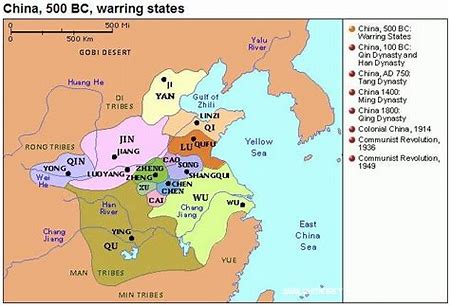
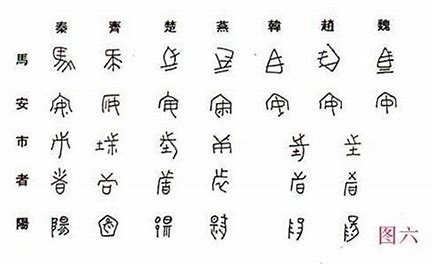
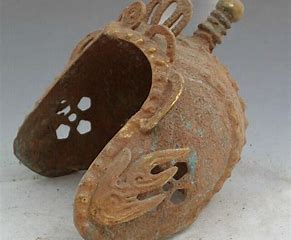
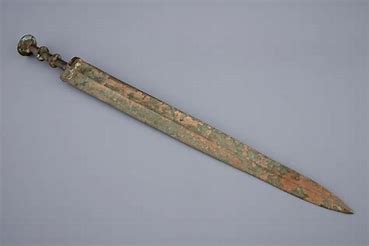
Outside View
ANZAC is an acronym for Australian and New Zealand Army Corps, which is a general term for all the soldiers from both countries serving in World War I (1914-1918), particularly those who fought at Gallipoli, where ANZAC was used as a codeword in 1915. Gallipoli, a port and peninsula in European Turkey, was a place of fierce fighting against Turkish armies where ANZAC, French and British forces were trying to go north to link up with the Russians. Tens of thousands of ANZACs and others died in nine months. The ANZAC name is also used for those who fought in World War II (1939-1945) and in later armed conflicts.
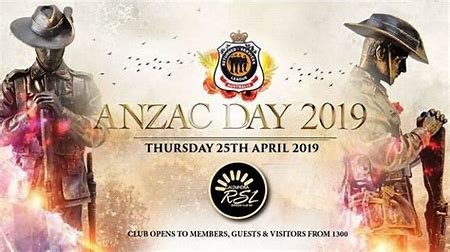
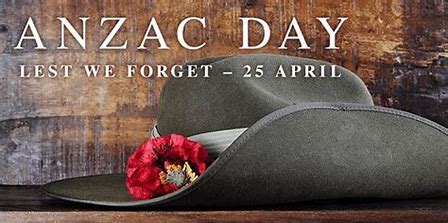
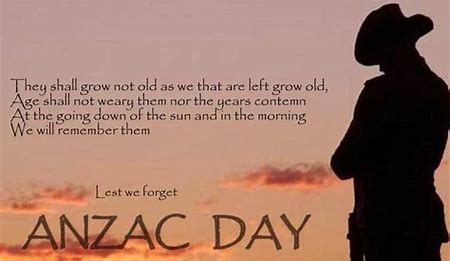
2. Armed conflict is a violent situation with periods of fighting between groups, armies or countries, usually without a formal declaration of war.
3. Battle of Gallipoli also called Dardanelles Campaign in Turkey, was important fighting involved directly by ANZAC, Turkey and others in 1915 during World War I. Gallipoli is a peninsula in European Turkey. Troops from the British Empire and France landed there on 25 April 1915, in order to capture the city of Constantinople (now Istanbul). The invasion ended with the loss of many soldiers from Australia and New Zealand, and is often thought to mark the birth of national consciousness in both countries. 25 April was chosen as ANZAC Day.
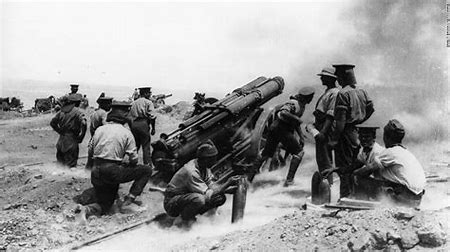
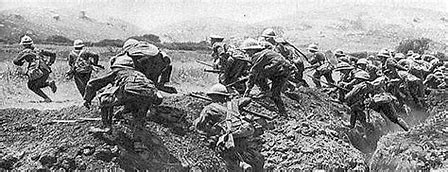
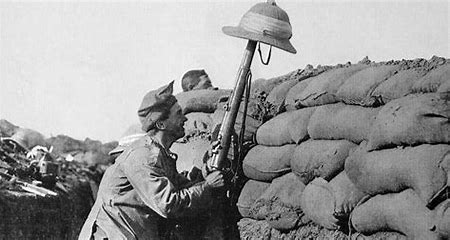
4. The Australian War Memorial was voted the number one landmark in Australia by travelers in 2016. It combines a shrine, a world-class museum, and an extensive archive. The Memorial is established as a corporation by the Australian War Memorial Act 1980. The functions of the Memorial and the powers of the Memorial, the Minister, the Council, the Chairman and the Director are also outlined in the Act. The Memorial consists of three sub-programs: National Collection, Public Programs and Corporate Services. The Memorial’s purpose is to commemorate the sacrifice of those Australians who have died in war or on operational service and those who have served our nation in times of conflict. Its mission is leading remembrance and understanding of Australia’s wartime experience.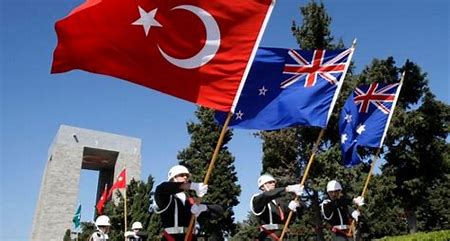

5. Laurence Binyon (1869-1943) was an English poet, dramatist and art scholar. His most famous work For the Fallen is well known for being used in Remembrance Sunday services.
6. The “Ode of Remembrance” is an ode taken from Laurence Binyon’s For the Fallen, which was first published in The Times in September 1914.
7. The Hall of Memory is part of the Australian War Memorial in the capital, Canberra, and houses the Tomb of the Unknown Soldier. There is also a military museum, a research centre and a sculpture garden.

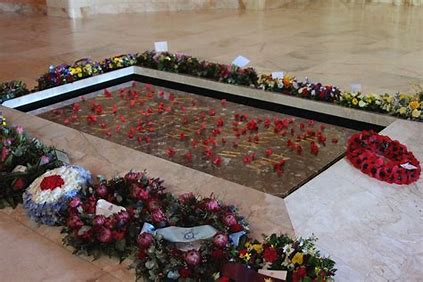
8. Steven Spielberg (1946- ), is a famous American movie director and producer whose diverse films - which ranged from science-fiction, including such classics as Close Encounters of the Third Kind (1977) and E.T.: The Extra-Terrestrial (1982), to historical dramas, notably Schindler’s List (1993) and Saving Private Ryan (1998) - enjoyed both unprecedented popularity and critical success.
